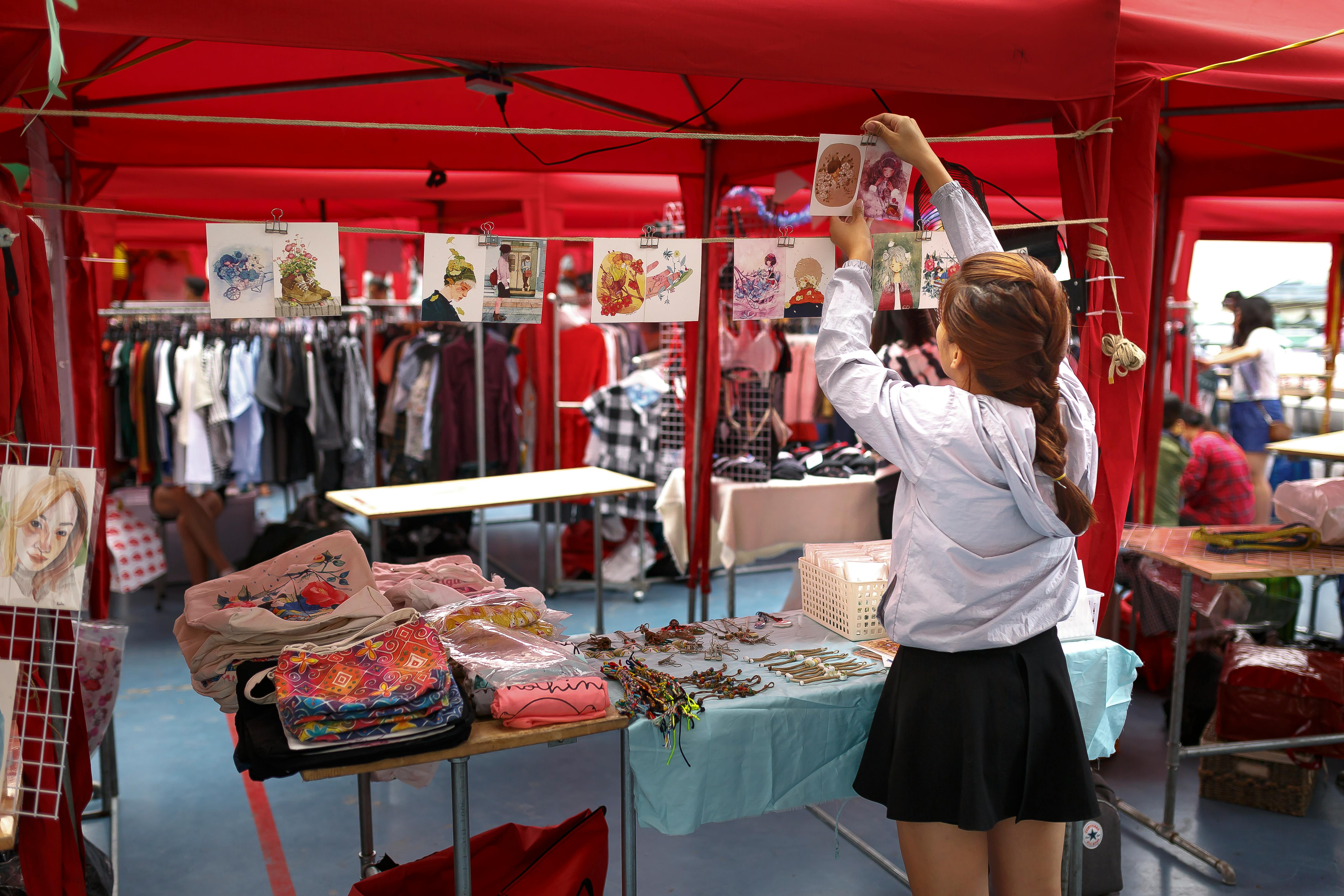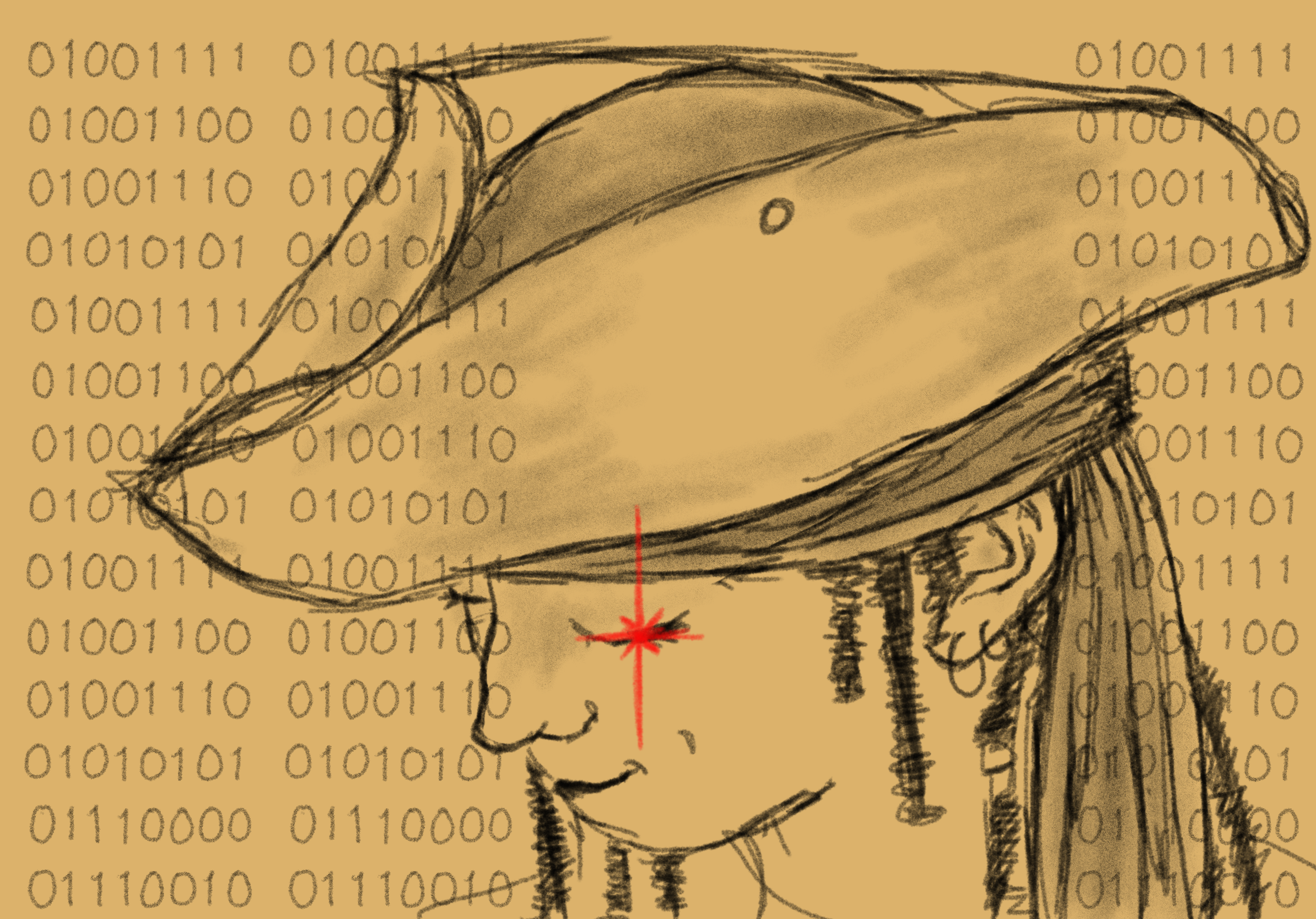
That's What [We] Said is a student-led academic journal supported by UBCO’s Gender and Women’s Studies Program. As a collective, they seek to publish accessible creative and/or critical content pertaining to intersectional feminist issues. They are dedicated to amplifying marginalized voices and curating content that resonates with many, and they encourage submissions from all disciplines and backgrounds.
The Phoenix wanted to know more about That’s What [We] Said, and about the importance of intersectionality, particularly in light of our current political and social moment. Thankfully, TWWS journal editors, Stephanie Awotwi-Pratt and Claire Feasby, kindly agreed to collaborate with The Phoenix in a virtual interview to tell us more about the journal and its aims.
The Phoenix: What inspired the creation of this journal, and how did the journal originate?
Claire Feasby: Associate professor, Dr. Ilya Parkins, actually sparked the idea for the journal in the summer of 2018. She reached out to a few of us who had taken her classes or she had heard about from other professors and asked if we would be interested in creating a Gender and Women’s Studies journal! Dr. Alison Conway was our supervising professor the first and second year where we conceptualized the journal. The mission of the journal is to strengthen the Gender and Women’s Studies department, to encourage university community engagement, and to provide students with an interesting platform to not only read but to submit work to.
Stephanie Awotwi-Pratt: The journal also originated with seven founding members in the 2018/19 academic year who were all keen to publish and promote creative and academic pieces that represent the mission and program. The journal promotes collectivity and pedagogy outside the classroom to encourage contributions that represent everyday culture and social issues. The journal is also important to amplify student voices and perspectives. Oftentimes, classroom essays or creative work simply end with a grade. But the journal encourages collegial reflection on past, present, and future academic or creative work.
TP: Who is this journal for?
Stephanie Awotwi-Pratt: The journal is for everyone! I cannot emphasize enough how important collective voices are to contributing to knowledge production and pedagogy on and off-campus. The journal encourages students to learn more about the Gender and Women’s studies program, but anyone can access and read the journal. The journal is meant to enrich and encourage readers' knowledge about particular issues and ideas that are intended to challenge pre-existing assumptions.
TP: Why is this year’s TWWS Journal Theme ‘World-Building’? What is the significance behind this theme?
Claire Feasby: This year, in light of the COVID-19 pandemic and a modern wave of civil rights movements, we thought it was imperative that we have a theme this year that reflects the pivotal moment in history that we are all currently living in. It is easy to reflect on how far we have come. What is harder is to recognize the unsustainability of society and investigate how we can build a better future. Whether it be climate change, Black Lives Matter, the political climate of the United States, the humanitarian crisis in Yemen, Missing and Murder Indigenous Women and Girls, or the COVID-19 pandemic — we have a duty as world citizens to not only imagine a better future but to confront these issues and do our parts in building this better future. A university education is a privilege and with this privilege comes power, and it is up to us to use this power meaningfully.
Stephanie Awotwi-Pratt: The themes this year are world-building, resistance, transition, protest, collaboration, justice, equality, and reform. They speak to the recent social developments and world events but also refer to the existing tensions that influence all of us. World-Building is a great starting point to reframe, restructure, and push back against the fraught social and cultural inequalities that affect all of us. The theme could not have come at a better time where we are all discussing the effects of violence, segregation, and racism by responding with a call for social change. This allows students to meditate on how they can think about restructuring the world to create knowledge and pedagogy outside of the classroom that addresses the social issues we see today.
TP: Why should intersectionality be taken seriously? Why does it matter?
Stephanie Awotwi-Pratt: Intersectionality defines how we position ourselves within the social world. Just as we are not living in isolation, we cannot think of ourselves without identifying our social location and positionality. As an African Canadian woman, I can say that the journal is an amazing platform to include my positionality in my creative and academic work. Kimberle Crenshaw and Patricia Hill Collins speak to how important intersectionality is to frame overlapping social identities that can either empower or disempower individuals based on their social location. Thus, the journal is a powerful platform for self-expression of creative and academic work that promotes diversity, inclusion, and intersectionality.
To submit to the TWWS journal, email thatswhatwesaid07@gmail.com by January 31st, 2020.




